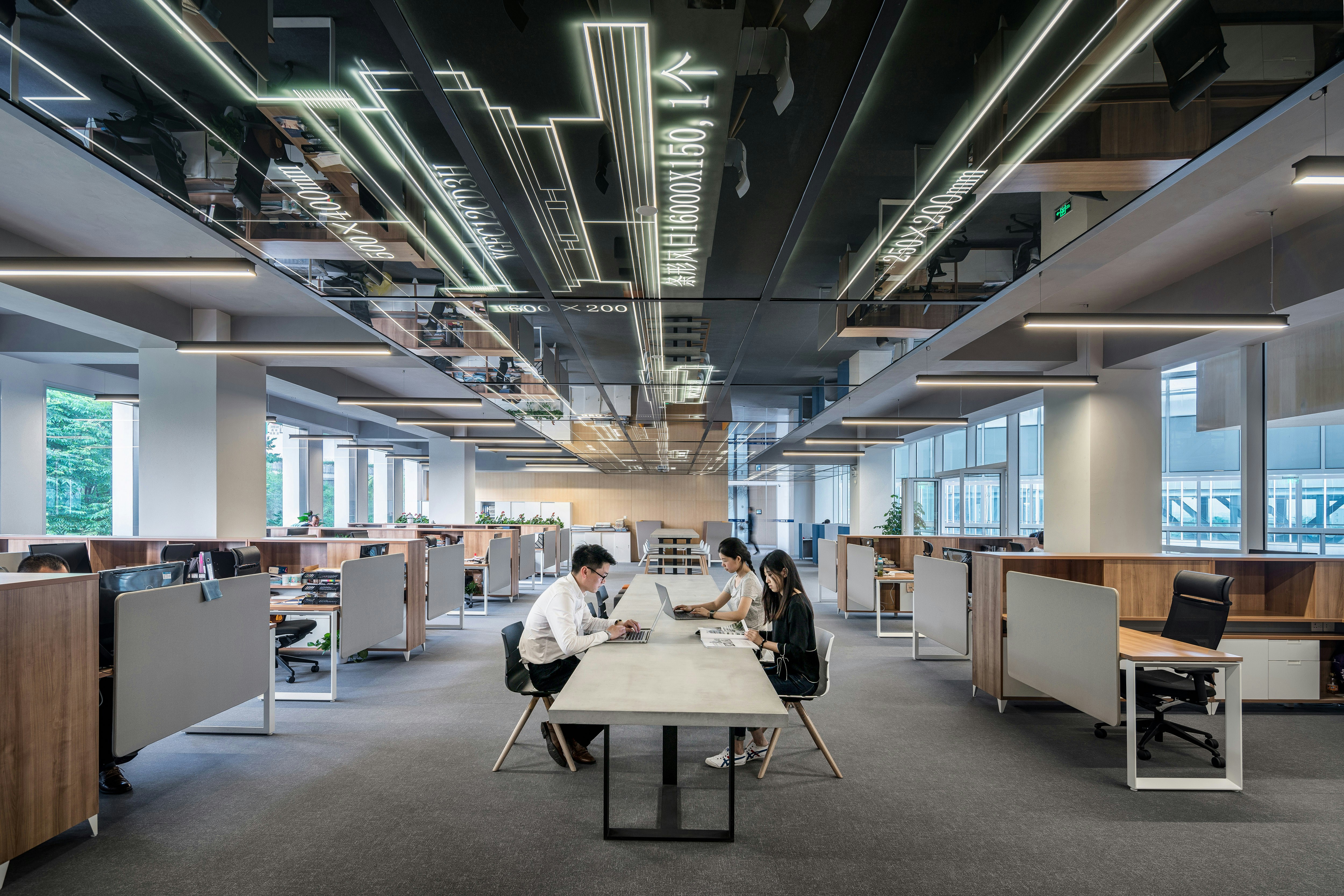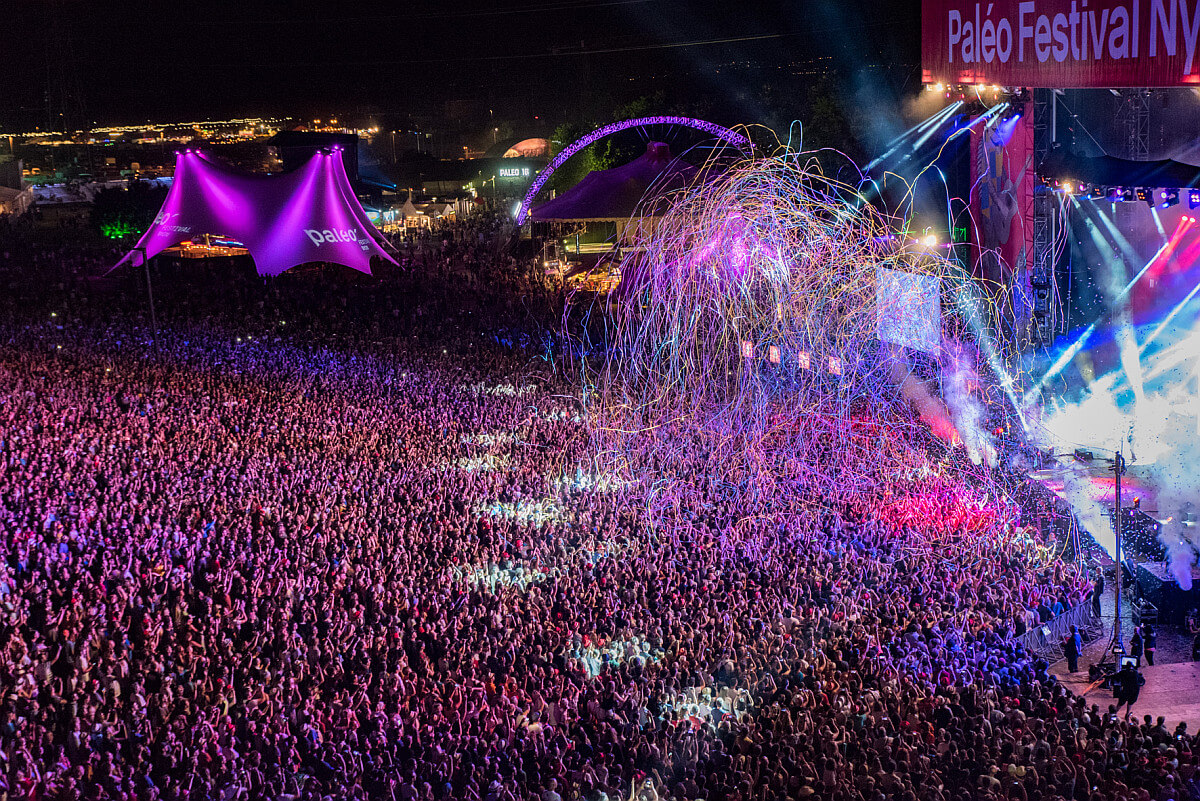Intelligent Buildings: Facing Up to New Challenges and Legal Obligations

The evolution of our society poses many challenges, particularly in terms of eco-responsibility, connectivity and security. The COVID-19 pandemic has led to major changes in our workspaces, with teleworking becoming a permanent feature of our working lives.
This has continuously altered the way we use workspaces and our experiences within them. What's more, the ongoing climate and energy crises are calling for a major shift in the way we manage resources. To meet these new challenges and adapt to future needs, it is necessary to modernise our real estate assets, particularly through digital advances.
The main challenge for intelligent building professionals is to integrate comprehensive solutions to manage the efficiency of real estate assets.
New Ways of Working
The increase in teleworking has significantly reduced the amount of time employees spend in the office, which has a direct impact on the use of workspace. This has led to a sub-optimal use of workspace, with some workstations remaining unused.
Coworking
A real-time people counting system provides crucial information, such as the number of people in different areas, the average time spent and the popularity of each area. In other words, this type of solution streamlines space management by analysing footfall, floors, closed and open spaces and workstation usage.
Combined with an online reservation system for meeting rooms, workstations and cafeteria seats, employees can make autonomous decisions, such as reserving spaces or choosing to eat in another restaurant to avoid long waiting times.
In addition, restaurant staff can plan meal production according to forecast occupancy rates, saving time and reducing waste. In-depth analytics also provide information on employee movements, helping to optimize layouts and improve the overall experience.
Environmental trends
The growing urgency of climate change and the energy crisis has raised collective awareness around resource management. The focus is now on sustainable, energy-efficient buildings that consume less and save money.
Building connectivity enables data to be collected remotely on environmental factors such as occupancy-based temperature control. Software that tracks electricity, water and gas consumption helps to better understand usage patterns and make forecasts. A variety of environmental sensors, including humidity, temperature, CO2 levels, CO2 levels, noise, lighting, odour and vibration, can be integrated to ensure air quality and environmental conditions to optimize the employee experience.
Security
These solutions not only ensure the operational excellence of assets, but also prevent crowding and excessive occupancy. Environmental sensors can also be used to maintain health and safety standards and ensure optimum comfort for employees and visitors. Critical information from these sensors can be linked to security PCs to alert staff when capacity thresholds are reached, ensuring safety standards are met.
Tomorrow's buildings will be connected, offering remote control over every performance indicator to meet the demands of operational excellence, safety and security. Building management will be streamlined and optimised, enabling you to meet current needs and anticipate future changes. Data acquisition and analysis will improve forecasting and facilitate proactive decision-making. By estimating visitor numbers, you can plan your resources, anticipate energy usage costs and receive alerts.
Latest articles
Stay up to date with everything that's going on at Technis: product news, articles, and tutorials.







.jpg)
